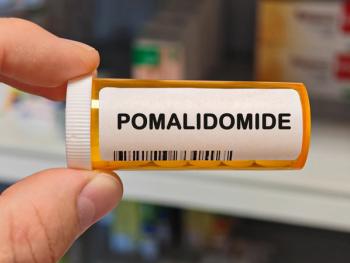
- July/August 2014
- Volume 5
- Issue 4
Multiple Myeloma Precursor More Common Among Black Patients
Black patients may be at an increased risk for developing monoclonal gammopathy of undetermined significance, putting them at an increased risk for multiple myeloma, according to the results of a recent study. In addition, the study, published online on January 20, 2014, in Leukemia, found that black patients develop types of monoclonal gammopathy of undetermined significance with features associated with a higher risk of progression to multiple myeloma more often than white patients.
The researchers of the study examined the prevalence and risk factors associated with monoclonal gammopathy of undetermined significance for white, black, Hispanic, and patients of other ethnicities from the National Health and Nutritional Examination Survey 1999-2004.
Overall, 365 patients had monoclonal gammopathy of undetermined significance. After adjustment, the prevalence of monoclonal gammopathy of undetermined significance was significantly higher among black patients (3.7%) compared with whites (2.3%) and Hispanics (1.8%). Cases of monoclonal gammopathy of undetermined significance observed in black patients were also more likely to have characteristics associated with a greater risk of progression to multiple myeloma than cases observed in white and Hispanic patients. The prevalence of monoclonal gammopathy of undetermined significance also varied geographically: the prevalence of the condition was 3.1% for the North and Midwest regions of the United States, compared with 2.1% in the South and West.
Articles in this issue
over 11 years ago
Opsumit by Actelion Pharmaceuticals US, Incover 11 years ago
Increased BMI Increases Multiple Myeloma Mortality Riskover 11 years ago
Managing Hepatitis C Costs, Improving Patient OutcomesNewsletter
Stay informed on drug updates, treatment guidelines, and pharmacy practice trends—subscribe to Pharmacy Times for weekly clinical insights.













































































































































































































